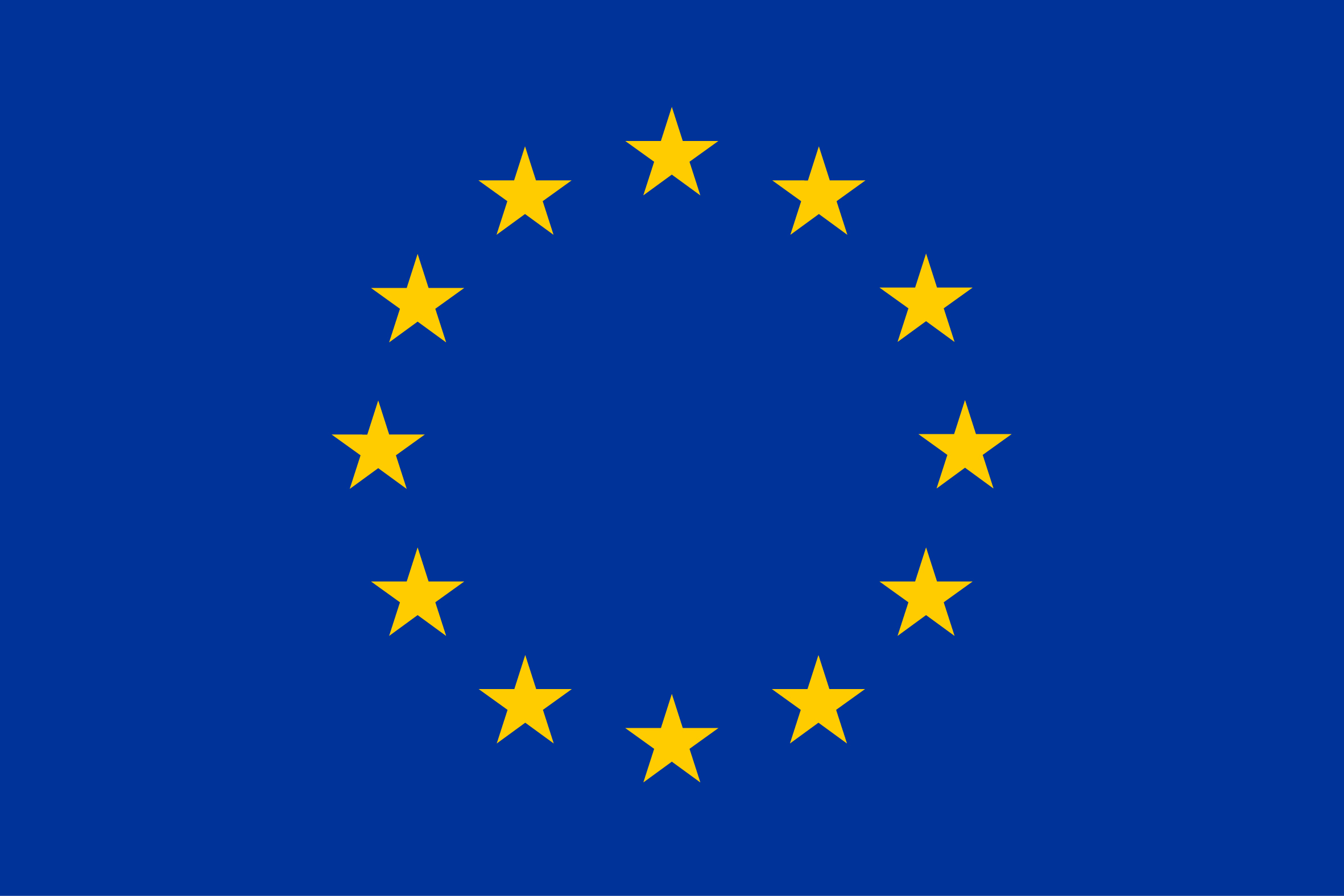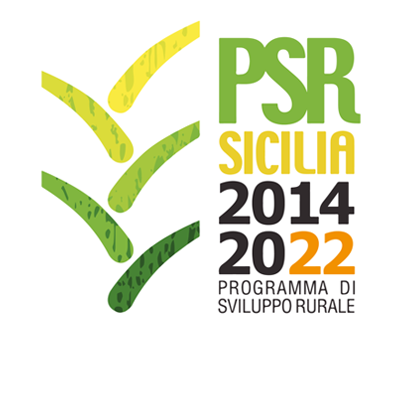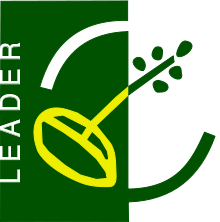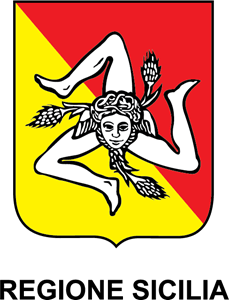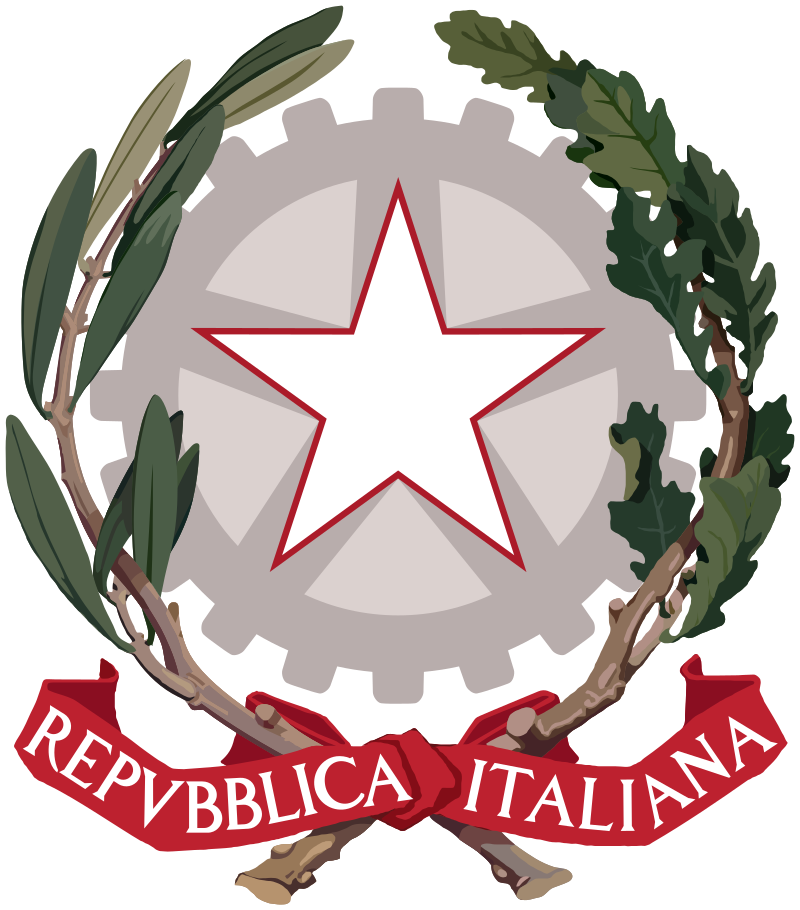Pasundan
Country
Specie
ISO3
IDN
Language
Indonesia
Description
Local cattle in Pasundan, the name of a region in south area of West Java
Breed classification (adaptedness)
Locally adapted
Breed classification (geographic)
Local
Adaptability to specific environment
Quite high feed efficiency to produce muscle conformation (very goodframe)
Specific reproductive characteristic
Able to give birth 23 times during its lifetime, or on average 10 to 14 times
Special characteristic of product
Average carcass proportion 53% (bull) and 52% (cow)
Color comments
Having black line (eel strip) start from its back to the base of its tail, white color on its buttock down to the leg. In group, brown color more dominate than black and white
Number of horns males
0
Number of horns females
0
Horn shape size and comments
Short horn as dominant description
Weight males
240.00
Weight females
220.00
Herdbook
n
Description of origin
Beef cattle raised by people at the forest buffer zone area along north Priangan
Location within country
Ciamis, Pangandaran, Tasikmalaya, Cianjur region, Sukabumi, Garut, Purwakarta, Kuningan, Majalengka
Local cryo conservation status
No Material
Local Risk
Not at Risk
Detailed local risk status
Not at Risk
Limousin
Country
Specie
ISO3
IDN
Language
eng.
Transboundary name
Limousin
Other name
Limousine
Breed classification (geographic)
International
Adaptability to specific environment
Limousin need to be kept under good management conditions.
Specific resistance or tolerance
Animals of this breed are susceptive against ticks and biting-flies.
Special characteristic of product
The meat is well marbled.
Color comments
uni coloured: dark brown
Number of horns males
2
Number of horns females
0
Horn shape size and comments
short open horns
Wither height males
133
Wither height females
129
Weight males
850.00
Weight females
550.00
Herdbook
n
Taxonomic classification
Breed
Description of origin
Tested bulls have been imported from New Zealand in 1987.
Year of origin
1987
Location within country
Java, Sumatra, Nusa Tenggara
Local cryo conservation status
Sufficient
Local Risk
Unknown
Detailed local risk status
Unknown
International Transboundary Risk detailed
Not at Risk
Kuantan
Country
Specie
ISO3
IDN
Language
Indonesia
Description
Local cattle raised by people along the streamline of Kuantan river
Breed classification (adaptedness)
Locally adapted
Breed classification (geographic)
Local
Specific resistance or tolerance
Tolerance to diseases caused by worm
Number of horns males
0
Number of horns females
0
Weight males
160.00
Weight females
150.00
Other specific visible traits
Brownish white color is major color in the bull and the cow color vary from Redish brown, black, muddy brown, sorrel, brownish white and white
Herdbook
n
Description of origin
Local cattle breed at Kuantan, an area along Kuantan river, Riau province
Location within country
Kuantan Singingi District, and Indragiri Hulu District, Riau Province
Local cryo conservation status
No Material
Local Risk
Not at Risk
Detailed local risk status
Not at Risk
Jersey
Country
Specie
ISO3
IDN
Language
English
Description
Jersey cattle are a smaller dairy cattle breed than other dairy cattle breeds. Their bodies are typically slightly greyish, brown to dark, black or mixed in colour. reddish, dark brown, or mixed in colour.
Transboundary name
Jersey
Breed classification (adaptedness)
Exotic
Breed classification (geographic)
International
Adaptability to specific environment
adapt to various climates
Special characteristic of product
The breed is known for its excellent in milk production
Color comments
Hair colour of commonly greyish, brown to black or mixed in colour. Jersey cattle have a a black tail and black mixed in white colour in muzzle.
Number of horns males
2
Number of horns females
2
Horn shape size and comments
small horns slightly curved
Wither height males
123
Wither height females
115
Weight males
540.00
Weight females
400.00
Other specific visible traits
Jersey have small horns slightly curved, strong legs with hard nails, not easy to limp. The temperament of the female is calm and docile, but easily agitated, and the temperament of the male is fierce and aggressive.
Herdbook
y
Herdbook established
2018
Description of origin
in 2018 the Jersey cattle entering indonesia to Malang from Australia
Year of origin
2018
Import
Australia
Location within country
Malang, East Java Province
Local cryo conservation status
No Information
Local Risk
At Risk
Detailed local risk status
Vulnerable
International Transboundary Risk detailed
Not at Risk
Jabres
Country
Specie
ISO3
IDN
Language
Indonesia
Description
Jabres stands for Jawa Brebes where Javacattle naturrally adapted by generations in Brebes Regency.
Other name
Jawa Brebes
Breed classification (adaptedness)
Locally adapted
Breed classification (geographic)
Local
Additional information
tend to resemble the Bali or Madura cattle
Additional information comments
based RFLP results showed that Jabres, Bali and Madura cows have kinship relations shown the similarity of DNA bands
Adaptability to specific environment
These cattle are highly heat tolerant.
Specific resistance or tolerance
The reproductive rate is low.
Specific reproductive characteristic
A strong draught animal highly appreciated by Javanese farmers.
Special characteristic of product
Quite high carcass percentages (51%).
Color comments
multi colour: Color varies from light brown, dark brown, red, brick, white, white-black to black with brown as a dominance. Partly having a white spot on the forehead.
Number of horns males
2
Number of horns females
2
Horn shape size and comments
Horns vary in size and shape. Horns shapestraight up, straight down, forward curve, down curve and others.
Wither height males
130
Wither height females
126
Weight males
325.00
Weight females
310.00
Other specific visible traits
Slim and compact body shape, as well as leading-shaped box.
Herdbook
n
Description of origin
result of inter-se mating of the crossing PO and Madura or Bali cattle
Location within country
Brebes district of Central Java
Local cryo conservation status
No Material
Local Risk
Unknown
Detailed local risk status
Unknown
Indonesian Simmental Cattle
Country
Specie
ISO3
IDN
Language
English
Description
Coat cover of Indonesian Simmental Cattle is red with white colour on the head, lower leg, and tip of the tale. Generally confromation of Indonesian Simmental Cattle is long, compact, and dense.
Transboundary name
Simmental
Breed classification (adaptedness)
Exotic
Breed classification (geographic)
International
Additional information
The breed can be recomended for industrial crossing.
Adaptability to specific environment
These cattle are adaptive in heat tolerant
Specific reproductive characteristic
The breed is known for its excellent growth, very good meat structure and good muscling.
Color comments
Hair colour of commonly redish-brown
Number of horns males
0
Number of horns females
0
Wither height males
113
Weight males
261.00
Herdbook
y
Herdbook established
1974
Description of origin
in 1974 the simmental cattle entering indonesia to Padang Mangatas Breeding Center Western Sumatera from Australia
Year of origin
1974
Import
Australia
Location within country
Padang Mangatas, West Sumatera Indonesia
Local cryo conservation status
No Information
Local Risk
Unknown
Detailed local risk status
Unknown
International Transboundary Risk detailed
Not at Risk
Hissar
Country
Specie
ISO3
IDN
Language
Indonesia
Transboundary name
Hissar
Other name
Milking Zebu
Breed classification (geographic)
Regional
Color comments
uni coloured: white
Number of horns males
2
Number of horns females
2
Horn shape size and comments
small V-shaped horns that point outwards
Wither height males
135
Wither height females
126
Weight males
550.00
Weight females
375.00
Other specific visible traits
zebu, dairy conformation
Herdbook
n
Domestication status
domestic
Taxonomic classification
Breed
Description of origin
This zebu breed has been imported from India.
Year of origin
1909
Location within country
north Sumatera, west Sumbawa
Local cryo conservation status
No Material
Local Risk
Unknown
Detailed local risk status
Unknown
Regional Transboundary Risk (detailed)
Unknown
Friesian Holstein (black and white)
Country
Specie
ISO3
IDN
Language
English
Description
One breed of Bos Taurus dairy cattle.
Other name
Holstein-Friesian, Holstein Friesian (black and white)
Breed classification (adaptedness)
Locally adapted
Breed classification (geographic)
Local
Adaptability to specific environment
Holstein-Friesian are well adapted to highlands above 700 m asl in temperatures ranging from 16-24 °C and rainfall of about 2000 mm per year.
Specific resistance or tolerance
The breed shows a general resistance against diseases, but is susceptible to mastitis.
Specific reproductive characteristic
The breed shows good reproductive abilities.
Special characteristic of product
It is a very good dairy breed. The milk contains an average fat percentage.
Color comments
multi coloured: black and white
Number of horns males
2
Number of horns females
0
Horn shape size and comments
close small horns
Wither height males
140
Wither height females
135
Weight males
900.00
Weight females
700.00
Other specific visible traits
dairy conformation
Herdbook
n
Domestication status
domestic
Taxonomic classification
Breed
Description of origin
Holstein-Friesian have been imported from the Netherlands (since 1893), USA (1974,1990), Canada, Japan, Australia (1987) and New Zealand (1986)
Year of origin
0
Location within country
Mostly in Java Island and in Very small number out of Java Island.
Local cryo conservation status
Sufficient
Local Risk
Unknown
Detailed local risk status
Unknown
Donggala
Country
Specie
ISO3
IDN
Language
Indonesia
Description
Local cattle in the Donggala District of Central Sulawesi Province
Breed classification (adaptedness)
Locally adapted
Breed classification (geographic)
Local
Additional information
length of productive life
Additional information comments
- The cow is able to give birth to 10 times
Adaptability to specific environment
very high tolerance to tropical climate
Specific resistance or tolerance
resistance to local diseases and parasites
Specific reproductive characteristic
fertility is quite good
Special characteristic of product
the presence of a large gelambir is capable to release body heat through evaporation
Other special qualities
more active sweat glands to release heat
Reference for special qualities
rapid body growth and large body size
Color comments
mostly white in color-gray and the others is brown and white plain color
Number of horns males
2
Number of horns females
0
Horn shape size and comments
horn shape is long and pointed
Wither height males
114
Wither height females
114
Weight males
266.00
Weight females
266.00
Other specific visible traits
relatively small the body size, have a small Gumba and gelambir
Herdbook
n
Description of origin
is the result of random cross between PO, Madura and Bali cattle
Location within country
Palu valley in Donggala district of Central Sulawesi
Local cryo conservation status
No Material
Local Risk
Unknown
Detailed local risk status
Unknown
Brangus
Country
Specie
ISO3
IDN
Language
eng.
Transboundary name
Brangus
Other name
Australian Brangus
Breed classification (adaptedness)
Exotic
Breed classification (geographic)
International
Adaptability to specific environment
This breed is very tolerant towards heat.
Specific resistance or tolerance
Animals of this breed need intensive tick and fly control.
Specific reproductive characteristic
The reproductive ability of this breed is moderate.
Special characteristic of product
The meat quality is moderate.
Color comments
uni coloured: brownish-black to black
Number of horns males
0
Number of horns females
0
Horn shape size and comments
very short horns
Wither height males
135
Wither height females
127
Weight males
900.00
Weight females
550.00
Other specific visible traits
big but not very tall animal with massive muscling; males: medium sized hump; females: no hump
Herdbook
n
Domestication status
domestic
Taxonomic classification
Breed
Description of origin
composite of Brahman (Bos indicus) and Aberdeen Angus (Bos taurus) originally imported from Australia: being developed in Peternakan Tri-S Tapos and on smallholder breeding farms in Lombok
Year of origin
1984
Location within country
Bogor, west Java and Lombok, west Nusatenggara
Local cryo conservation status
Sufficient
Local Risk
Unknown
Detailed local risk status
Unknown
International Transboundary Risk detailed
Not at Risk
